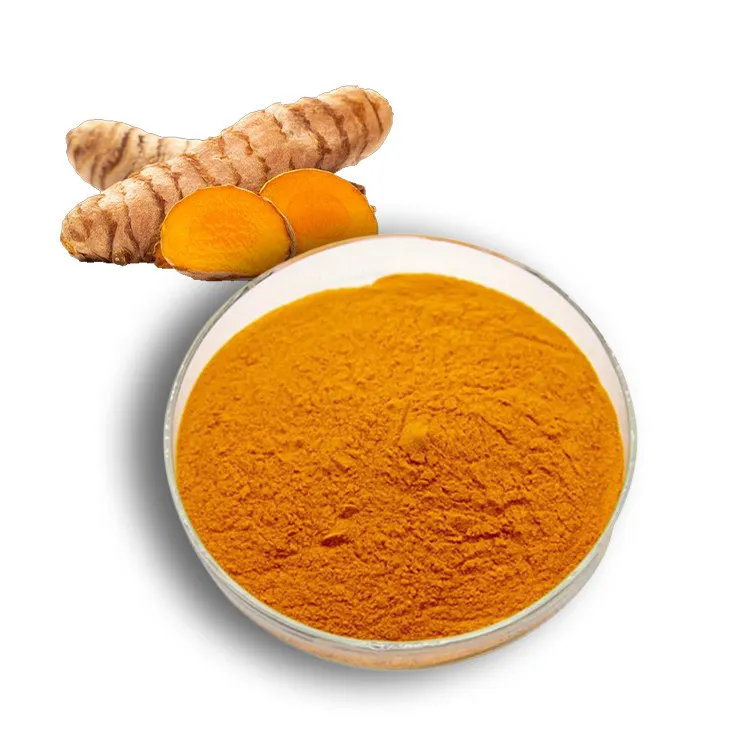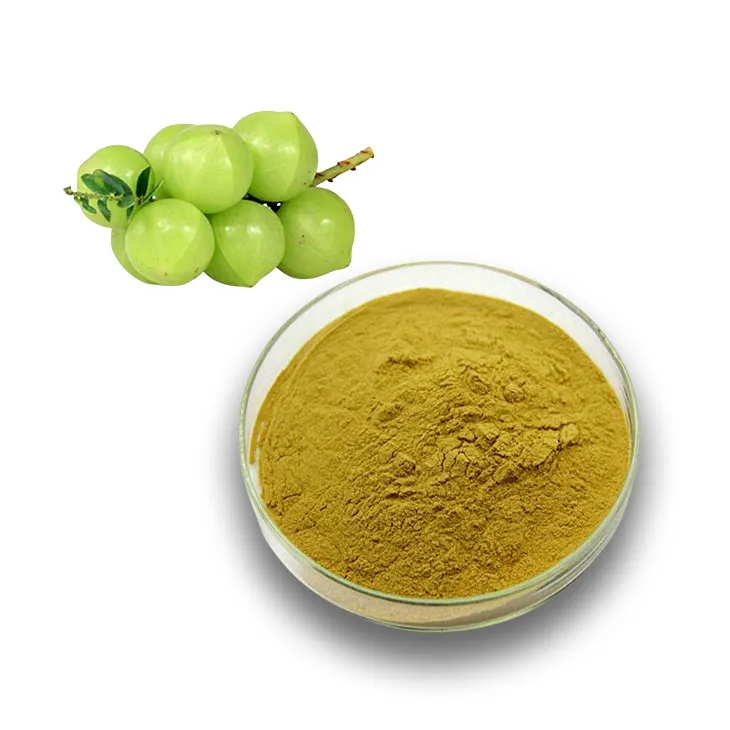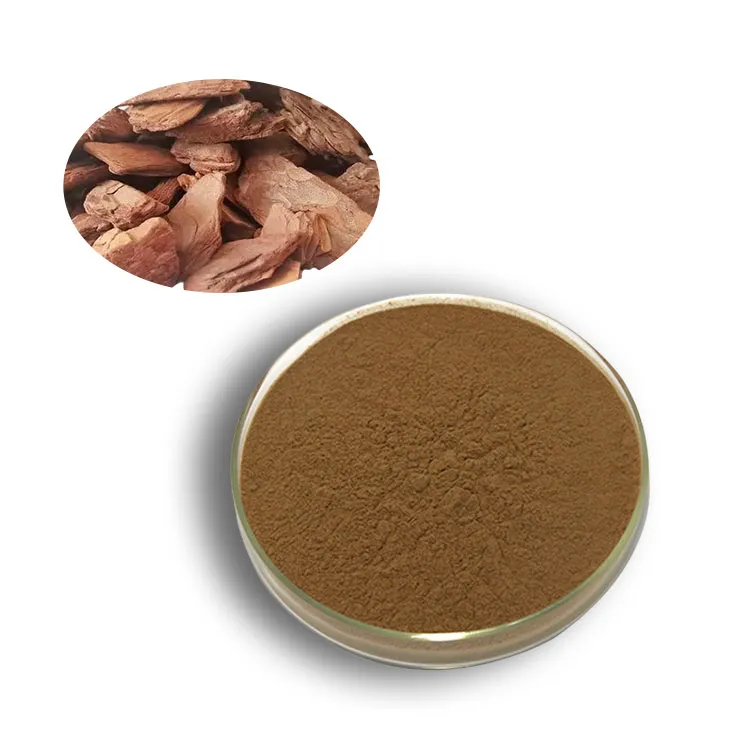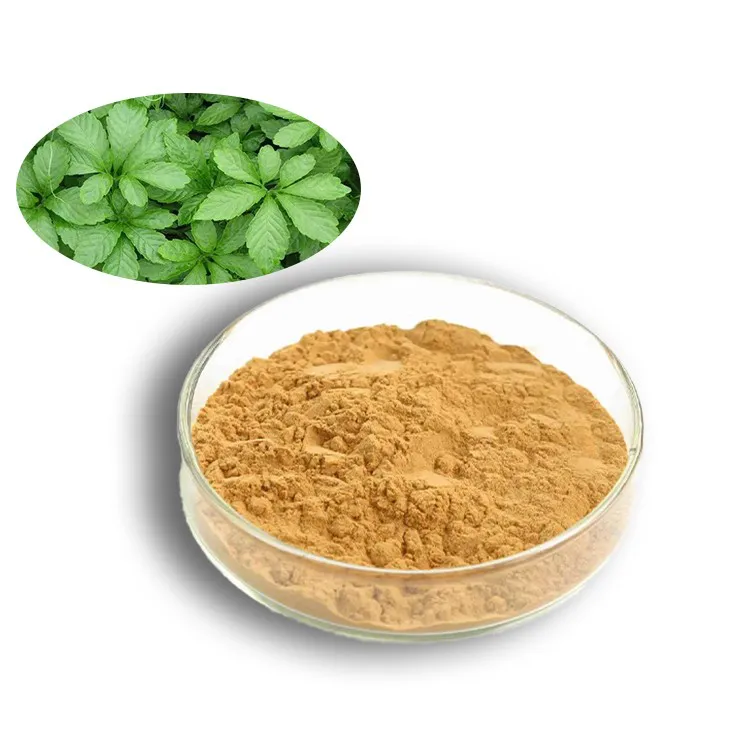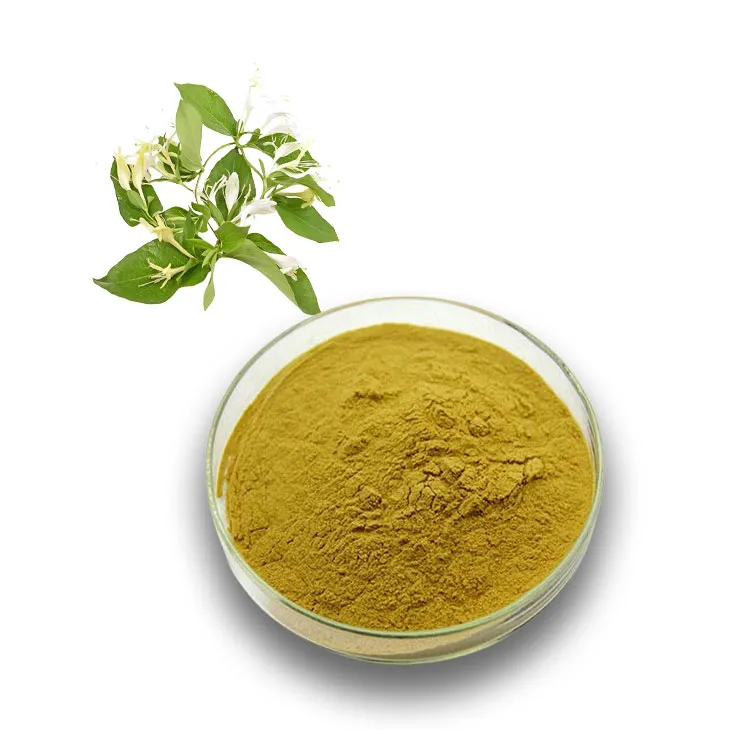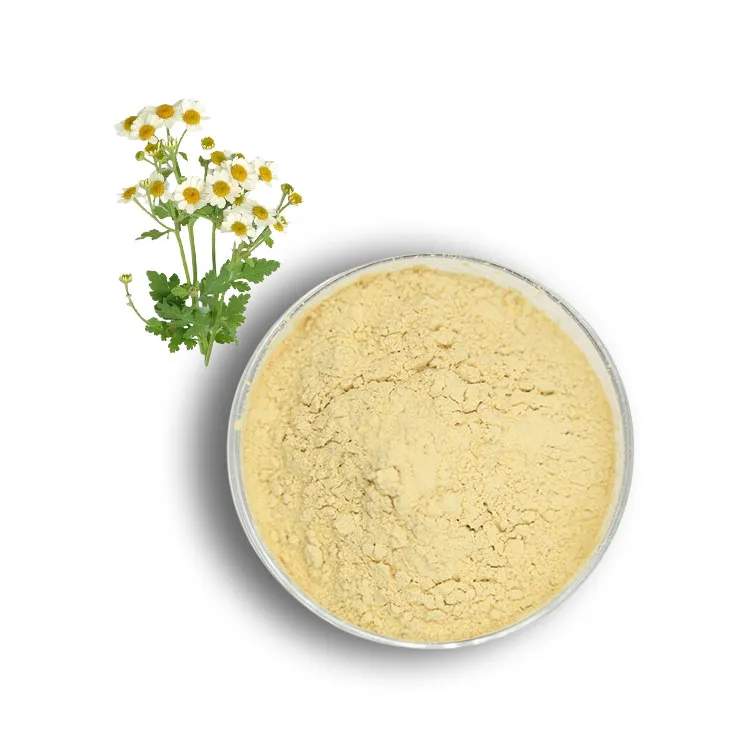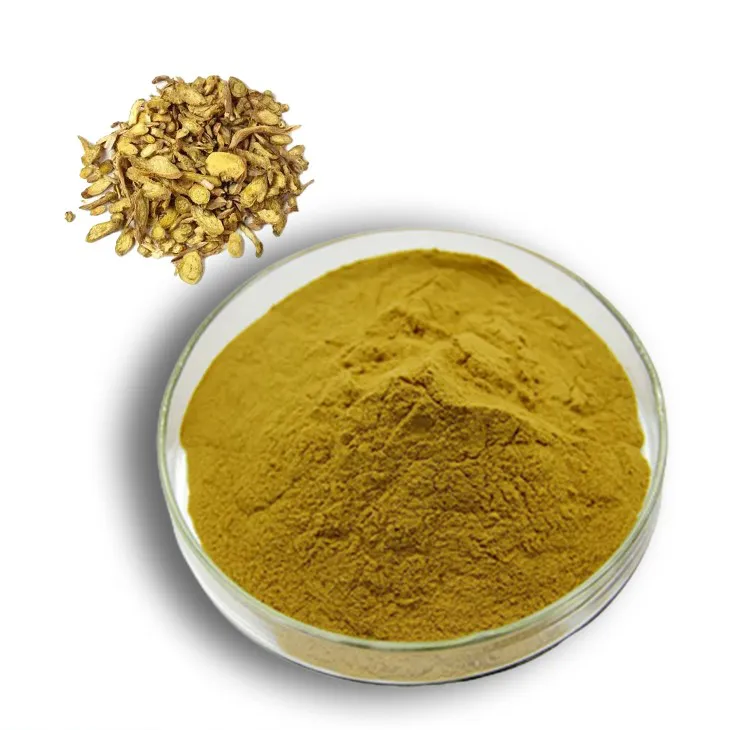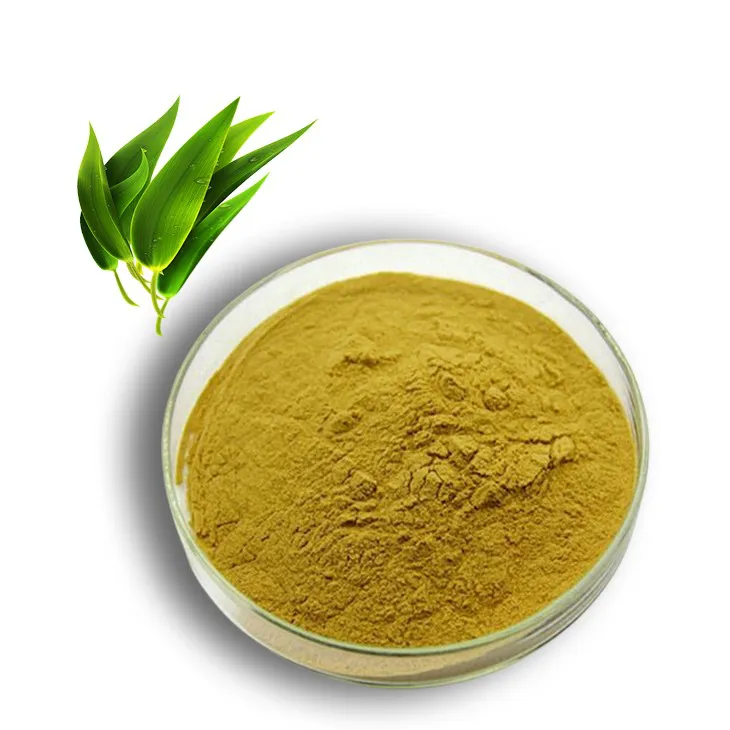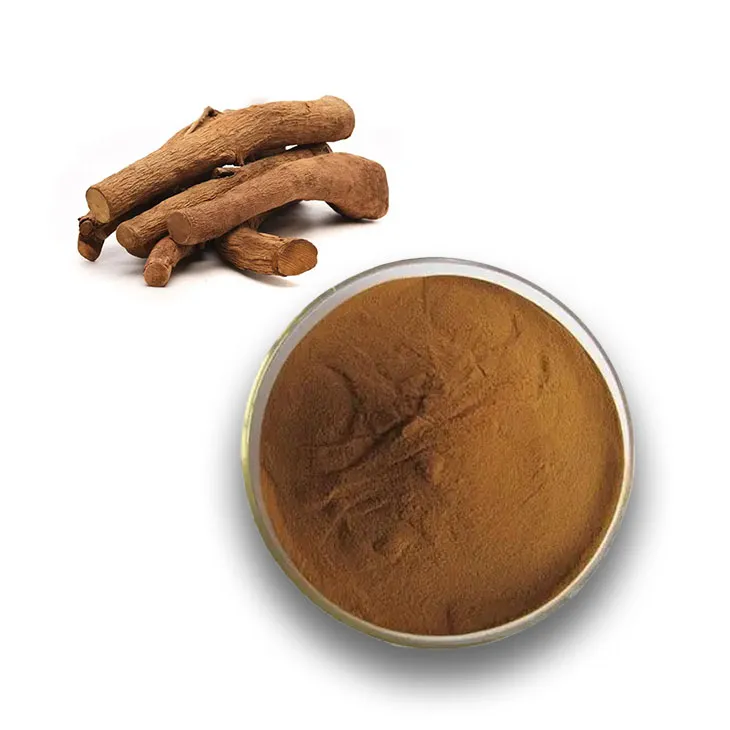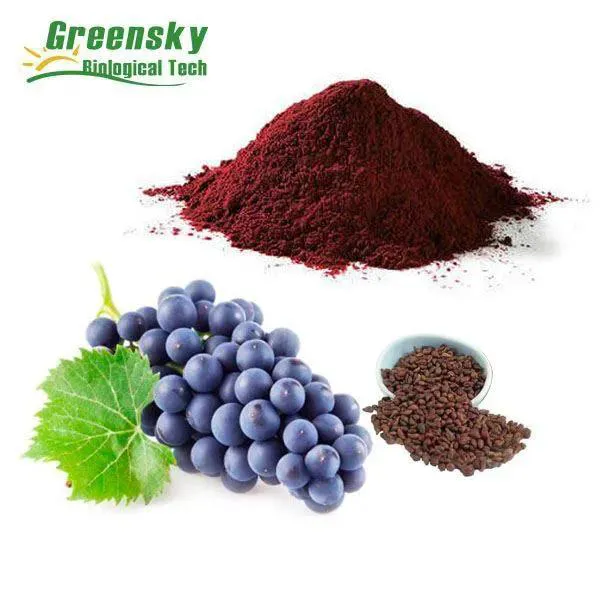- 0086-571-85302990
- sales@greenskybio.com
Aminolevulinic Acid: An In-Depth Look at Its Composition
2025-08-14
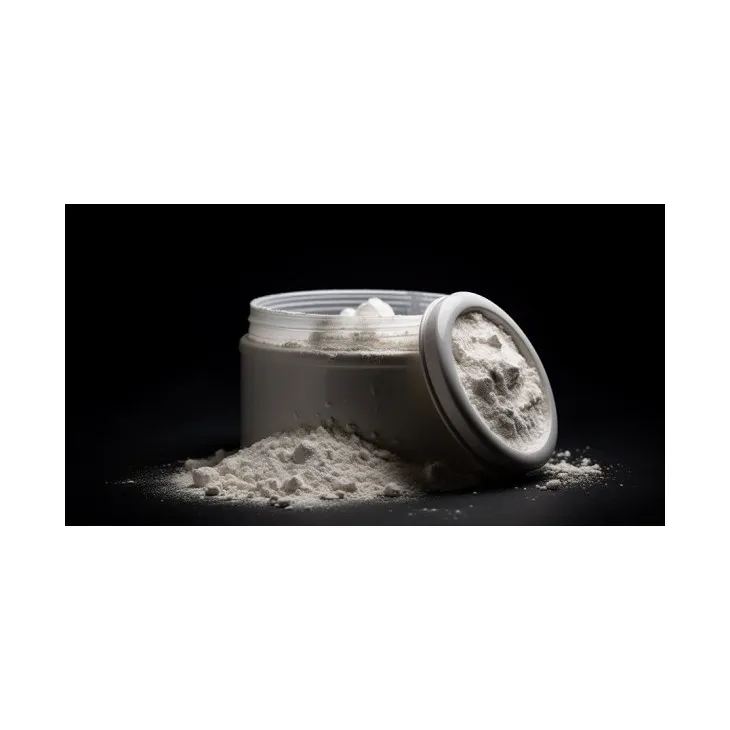
Aminolevulinic acid (ALA) is a vital compound in biochemistry and medicine, noted for its applications in treating various skin and medical conditions. Known for its effectiveness in photodynamic therapy, this article explores the chemical composition, synthesis, and significant applications of Aminolevulinic acid. Understanding its ingredients and role is crucial for both practitioners and patients to appreciate its therapeutic potential.
Introduction to Aminolevulinic acid
Aminolevulinic acid is a naturally occurring compound within the human body, integral to the biosynthesis of heme, an essential component for carrying oxygen in red blood cells. As an intermediate in metabolic pathways, ALA facilitates important physiological processes and serves as a precursor in the production of protoporphyrin IX. This compound becomes active under light exposure, forming the basis of photodynamic therapy (PDT) used to treat various dermatological and oncological conditions.
Chemical Composition of Aminolevulinic Acid
The chemical blueprint of aminolevulinic acid is simple yet significant. It is classified as a non-proteinogenic amino acid with the chemical formula C5H9NO3. Let’s explore its structure:
1. Molecular Structure: ALA consists of a five-carbon linear chain featuring essential functional groups:
- Amino Group (-NH2): Essential for its role in biological reactions, the amino group allows reactivity and integration into metabolic processes.
- Carboxyl Group (-COOH): This functional group contributes to ALA’s acidic nature, making it water-soluble and biologically active.
- Ketone Group (C=O): Integral to its stable structure, the ketone group assists in maintaining ALA's functional integrity within cellular environments.
2. Stereochemistry: Unlike many other amino acids that exist in multiple stereochemical forms, ALA is typically found in its non-chiral form, highlighting its unique role in non-protein synthesis pathways.
Synthesis of Aminolevulinic Acid
Aminolevulinic acid is the first compound in the porphyrin synthesis pathway. It is synthesized primarily in the mitochondria through the following process:
- Biochemical Synthesis: The enzyme ALA synthase catalyzes the formation of ALA from the precursors glycine and succinyl-CoA. This reaction is the rate-limiting step in the production of heme, tightly regulated by cellular mechanisms to balance the needs for oxygen transport and energy production.
- Regulation: The synthesis of ALA is subject to feedback control by heme; when heme concentrations are high, the enzyme ALA synthase is inhibited, reducing the synthesis rate of aminolevulinic acid. This regulation ensures efficient cellular function and avoids the accumulation of toxic intermediates.
Applications of Aminolevulinic Acid
The unique properties of aminolevulinic acid allow for its use in both medical and cosmetic fields, with increasing applications in modern medicine:
1. Photodynamic Therapy (PDT): A key use of ALA is in photodynamic therapy, a treatment that exploits its light-sensitizing properties to target diseased cells selectively:
- Mechanism: In PDT, ALA is applied to the skin or ingested, where it is absorbed by rapidly proliferating cells, like cancerous cells. Once converted into protoporphyrin IX, exposure to specific wavelengths of light activates the compound, leading to the generation of reactive oxygen species. These reactive compounds selectively destroy abnormal cells while sparing healthy tissue.
- Applications: PDT is primarily used in dermatology to treat conditions like actinic keratosis, acne, and certain superficial skin cancers. Its precision and minimal invasiveness make it an attractive treatment option.
2. Cancer Treatment Innovations: Beyond dermatology, ALA is employed in innovative cancer therapies:
- Cancer Diagnostics: It aids in diagnosing bladder cancer by illuminating cancerous lesions during endoscopic examinations.
- Therapeutic Role: Research is expanding its application into treating internal cancers, enhancing tumor imaging, and potentially delivering targeted therapy with less systemic toxicity.
3. Cosmetic Benefits: In cosmetic dermatology, ALA assists in improving skin appearance by addressing issues such as acne, sun damage, and photoaging through its inherent photodynamic capabilities.
Safety and Considerations
While ALA is generally safe when applied professionally, it is essential to recognize and manage potential side effects and patient considerations:
1. Photosensitivity: Patients undergoing PDT with ALA experience increased sensitivity to light. It is critical to avoid direct sunlight or bright indoor lighting for a time post-treatment to mitigate skin damage or irritation.
2. Allergic Reactions: Though rare, some patients may experience localized allergic reactions. Conducting patch tests and thorough medical history evaluations are crucial steps before treatment.
3. Professional Application: Safe and effective use of ALA, particularly in medical settings, requires precise application and monitoring by trained healthcare providers to tailor doses and light exposure optimally.
Advances and Future Directions
Research into aminolevulinic acid continues to yield promising developments, expanding its therapeutic applications and delivery mechanisms:
- Enhanced Delivery Systems: Innovations like nanoparticles and liposomal formulations are being explored to improve the delivery and efficacy of ALA, ensuring better penetration and absorption in target tissues.
- Broadening Applications: Studies are investigating ALA’s potential in treating other conditions, including systemic diseases that involve rapid cell proliferation and oxidative stress.
- Combination Therapies: The integration of ALA with other treatment modalities such as chemotherapy and radiation therapy holds potential for synergistic effects, enhancing overall treatment outcomes.
Conclusion
Aminolevulinic acid stands out as a vital compound in biochemical pathways and medical therapies, with a clear impact on treating skin conditions and cancer. Its simple chemical structure underlies complex biological functions that harness light to combat disease effectively. As research continues, the future of aminolevulinic acid in medicine looks promising, with potential to revolutionize diagnostic and therapeutic strategies across various fields. Understanding its ingredients and applications allows healthcare professionals and patients alike to appreciate its role and utilize it safely and effectively.
- ▶ Hesperidin
- ▶ Citrus Bioflavonoids
- ▶ Plant Extract
- ▶ lycopene
- ▶ Diosmin
- ▶ Grape seed extract
- ▶ Sea buckthorn Juice Powder
- ▶ Fruit Juice Powder
- ▶ Hops Extract
- ▶ Artichoke Extract
- ▶ Mushroom extract
- ▶ Astaxanthin
- ▶ Green Tea Extract
- ▶ Curcumin
- ▶ Horse Chestnut Extract
- ▶ Other Product
- ▶ Boswellia Serrata Extract
- ▶ Resveratrol
- ▶ Marigold Extract
- ▶ Grape Leaf Extract
- ▶ New Product
- ▶ Aminolevulinic acid
- ▶ Cranberry Extract
- ▶ Red Yeast Rice
- ▶ Red Wine Extract
-
Curcumin
2025-08-14
-
Phyllanthus Emblica Extract
2025-08-14
-
Pine bark Extract Powder
2025-08-14
-
Gynostemma pentaphyllum extract
2025-08-14
-
Honeysuckle Pollen
2025-08-14
-
Feverfew Extract
2025-08-14
-
Scutellaria Extract
2025-08-14
-
Bamboo Leaf extract
2025-08-14
-
Tongkat Ali Extract Powder
2025-08-14
-
Grape Seed Extract
2025-08-14











